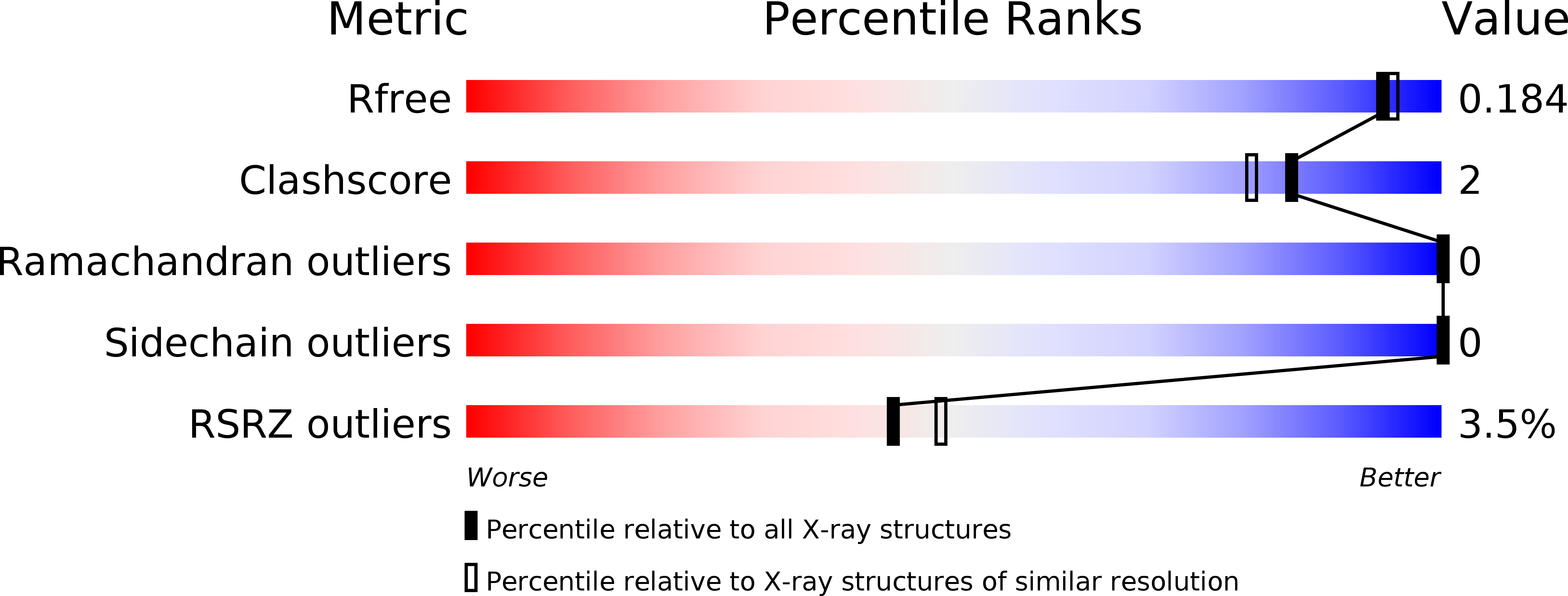
Deposition Date
2008-01-25
Release Date
2008-02-19
Last Version Date
2024-11-06
Entry Detail
PDB ID:
2VMI
Keywords:
Title:
The structure of seleno-methionine labelled CBM51 from Clostridium perfringens GH95
Biological Source:
Source Organism:
CLOSTRIDIUM PERFRINGENS (Taxon ID: 1502)
Host Organism:
Method Details:
Experimental Method:
Resolution:
1.70 Å
R-Value Free:
0.17
R-Value Work:
0.15
R-Value Observed:
0.15
Space Group:
P 65


